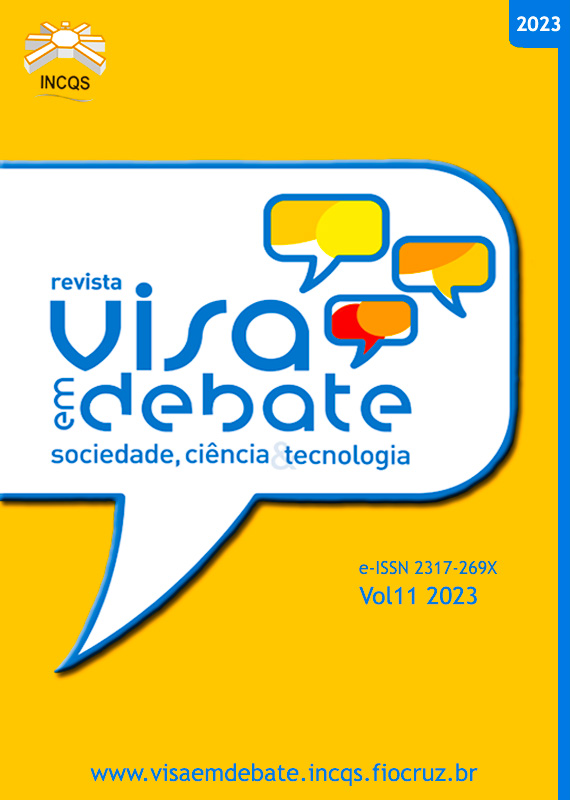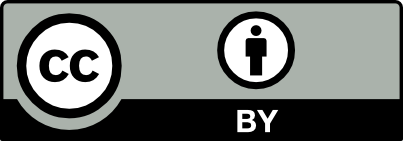Analysis of notifications of technical complaints and preventive health inspection measures applied during the COVID-19 pandemic in Brazil
Vigil Sanit Debate, Rio de Janeiro, 2023, v.11: e02067 | Published on: 11/08/2023
DOI:
https://doi.org/10.22239/2317-269x.02067Keywords:
Post-Market Product Surveillance, Pharmacovigilance, Health Surveillance, Products RetentionAbstract
Introduction: The consumptio of falsified, unregistered, and substandard medicines is a serious public health problem, and it is essential to know the legal enforcement actions related that were taken during the pandemic in Brazil. Objective: To Analyze notifications of technical complaints and preventive health measures applied during the Covid-19 pandemic in Brazil. Method: Descriptive, quantitative, retrospective study with data from notifications of technical complaints and measures determined by the National Health Surveillance Agency (Anvisa), from 2019 to June 2021. Results: 25,088 notifications of technical complaints about medicines and
562 measures were identified. 314 were classified as class I risk, with high potential to cause serious injury to health, including death. Most unregistered products claim pharmaceutical properties regarding body image, immunity, or information as being “natural” or Traditional Chinese Medicine (TCM). There were 63.3% of actions for advertising and irregular commerce of medicines on the internet. There were 333 measures (59.3%) with an unknown/non-existent company associated, making it impossible to legally hold the offender responsible. The type of enforcement activities the most frequent were: seizure (322), destruction (305) and prohibition (376). The most cited stages of the chain related to post-production, included distribution, commercialization and use. It was observed that the frequency of risk classification of medicines is significantly different with enforcement actions (p < 0.001). Conclusions: It is important to: develop strategies aimed at preventing, detecting, and responding to irregular/illegal practices, by reviewing the legal regulatory and the framework; and have greater corporate accountability, traceability mechanisms, effective inspection actions and improvement of the measures adopted by Anvisa to protect the population’s health.
Downloads
Downloads
Published
Issue
Section
License
Copyright (c) 2023 Josivan Lima Padro, Dayani Galato, Camila Alves Areda, Mary Anne Fontenele Martins (Autor)

This work is licensed under a Creative Commons Attribution 4.0 International License.
COPYRIGHT ALLOWANCE The author (s) hereinafter designated as the ASSIGNOR hereby assign and transfer, free of charge, the ownership of the copyrights related to this ARTICLE to the Vigilância Sanitária em Debate: Sociedade, Ciência & Tecnologia (Health Surveillance under Debate: Society, Science & Technology) – Visa em Debate, represented by FUNDAÇÃO OSWALDO CRUZ, established at Av. Brasil, nº 4365, Manguinhos, Rio de Janeiro, RJ, Brazil, CEP 21045-900, under the conditions set out below: (a) The terms and conditions set forth in this Agreement shall apply to the following: 1. The ASSIGNOR declares that they s(he) is (are) the author (s) and owner (s) of the copyrighted property of the ARTICLE submitted. 2. The ASSIGNOR declares that the ARTICLE does not infringe the copyrights and / or other property rights of third parties, that the disclosure of images (if any) has been authorized and that they s(he) assume(s) full moral and / or property liability for its content, before third parties. 3. THE ASSIGNOR assigns and transfers all copyrights relating to the ARTICLE to the ASSIGNEE, especially the rights of editing, publication, translation into another language and reproduction by any process or technique. The ASSIGNEE becomes the exclusive owner of the rights related to the ARTICLE, and any reproduction, totally or partially, is prohibited in any other means of publicity, printed or electronic, without prior written authorization from the ASSIGNEE. 4. The assignment is free and, therefore, there will be no remuneration for the use of the ARTICLE by the ASSIGNEE.







